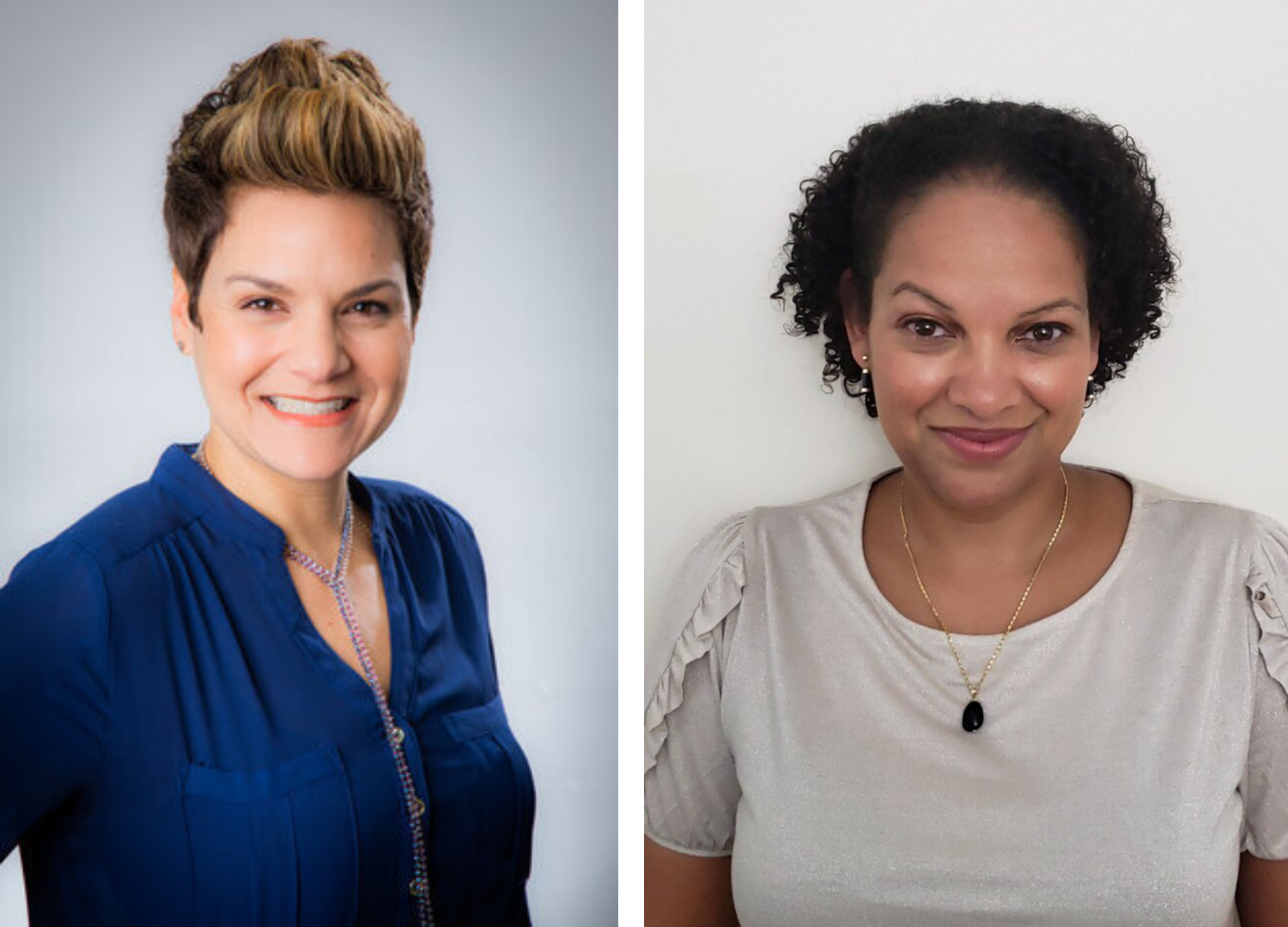Domestic Violence: A Concern for All of Us to Notice
According to the CDC, approximately 1 in 4 women and 1 in 10 men report experiencing some form of “intimate partner violence” each year (Smith et al., 2018). In the wake of the global Covid19 Pandemic, domestic violence police reports have increased in correlation with the isolation required for quarantines (Boserup, McKenney, & Elkbuli, 2020).
Domestic violence is a pattern of behaviors used by one partner or person to maintain power and control over another in an intimate relationship. Physical abuse is an intentional act to cause physical harm to control or intimidate another. It’s important to note that this violence is generally not the “losing control of one’s temper”, but rather, it has the goal of gaining power or control over the victim. Click here for more information on the various types of violence used to control others. For a Spanish version, click here.
People of any race, age, gender, sexuality, religion, education level, or economic status can be a victim — or perpetrator — of domestic violence. We can all be on the lookout for warning signs that someone we know needs help. There are obvious signs that domestic violence is occurring, such as:
Cuts
Bruises
Burns
Restraint or grip markings
Black eyes
Unusual patterns of injury
Repeated trips to the emergency room
There are also behavioral patterns that can also be signs of physical abuse. These may include:
Name-calling and put-downs; overt anger; threats; attempts to intimidate
Restricting the victim’s movements or associations (preventing them from attending work, school, controlling who they see)
Restricting the victim’s access to money or resources
Overt jealousy or possessiveness of the victim
A delay between the time of an injury and the seeking of treatment
The victim’s noncompliance with a treatment regimen such as missed medical appointments
The victim’s fear of disagreeing with the abuser
Children, who lack power and resources within their homes, are often victims of abuse. This includes physical abuse, sexual abuse (rape, molestation, exposure to pornography), neglect (lack of food, health essentials, education, supervision), and emotional abuse (verbal bullying creating fear or shame).
Elder abuse is an intentional act or failure to act that causes or creates a risk of harm to an older adult. An older adult is someone age 60 or older. The National Center on Elder Abuse distinguishes between seven different types of elder abuse. These include physical abuse, sexual abuse, emotional abuse, financial/material exploitation, neglect, abandonment, and self-neglect.
For emotionally healthy people, it is difficult to think about abuse and the suffering of its victims. But we must be alert to help people who are suffering because the long-term effects of abuse can be profound:
Depression
Low self-esteem and self-worth
Withdrawal
Emotional instability
Suicidal thoughts or attempts
Extreme dependence on the abuser
Underachievement
Relationship problems and trust issues
Feeling trapped and alone
Substance abuse
The Bible is clear that our bodies are to be respected (1 Corinthians 3:16-17) and that we are to protect those who are oppressed (Isaiah 1:17). Therefore, if you see something, say something. There is help.
National Domestic Violence Hotline Staying Safe During COVID-19 hotline: 1-800-799-SAFE (7233)
This week's episode:
Physical and Sexual Abuse with Tova Kreps, LCSW, Nicole Alfonso, LMHC, and Kaara Kiddoe, RSWI.
Due to the nature of the content, this episode may not be appropriate for younger listeners.
Part 2 of the conversation continued with Verbal, Emotional, and Spiritual Abuse with Tova Kreps, LCSW, Nicole Alfonso, LMHC, and Kaara Kiddoe, RSWI.


